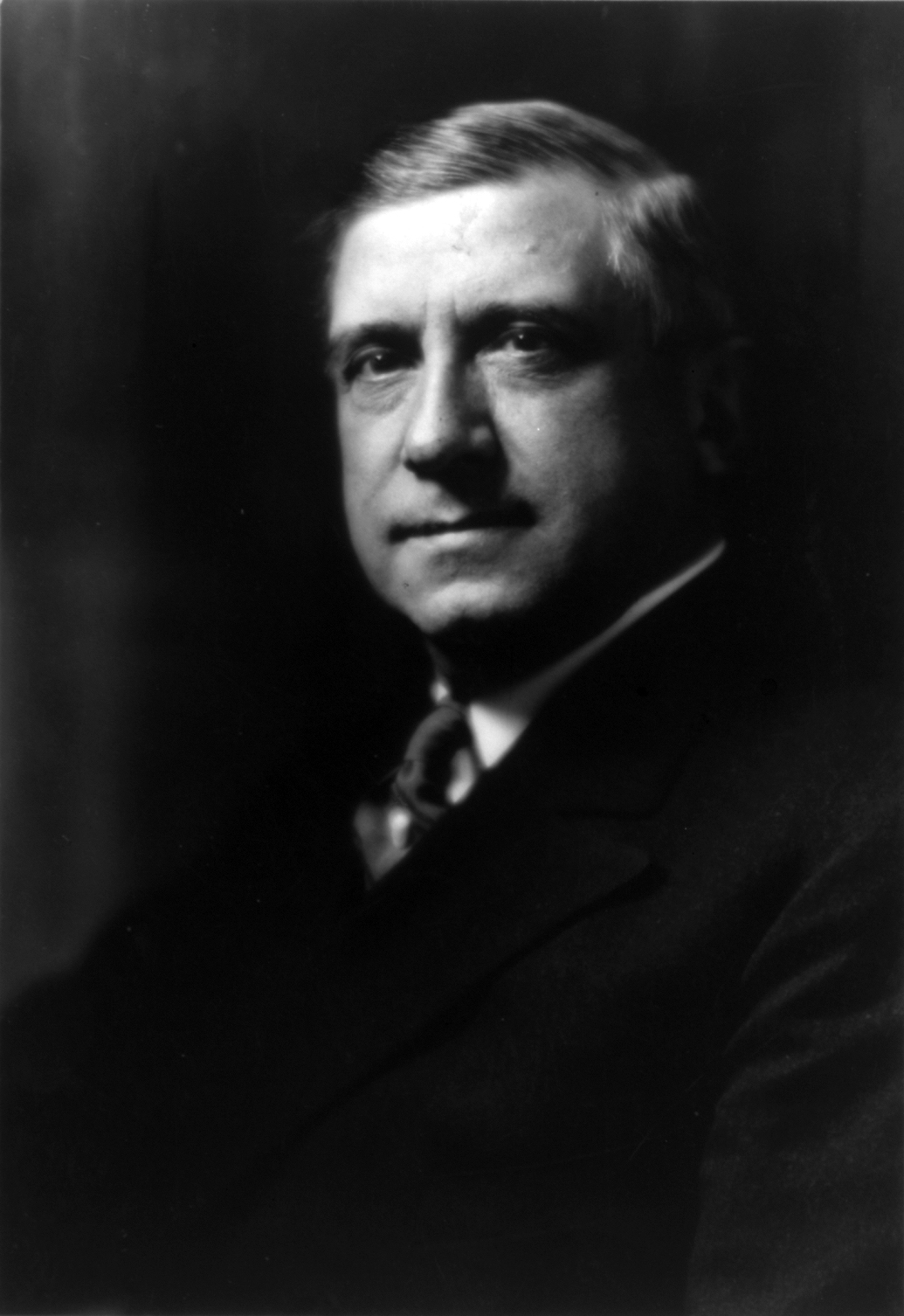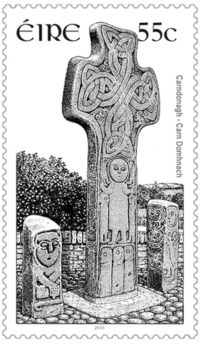
Emigration, Malin Head, The White House
Local History by Seán Beattie
Page 1/18

Emigration, Malin Head, The White House


Carndonagh, Inishowen, St. Patrick


Folklore, Research, Uncategorized

Christmas, Inishowen, Rhymers & Mummers

Culdaff, St. Boden, Uncategorized


Carndonagh, Carndonagh Community School, Education, Inishowen
